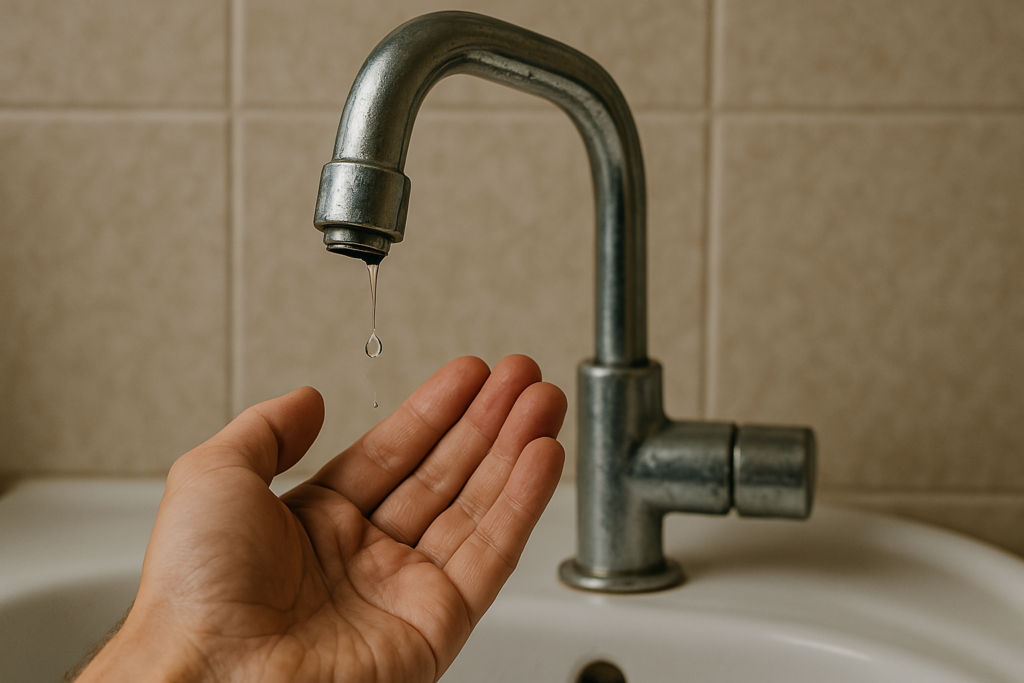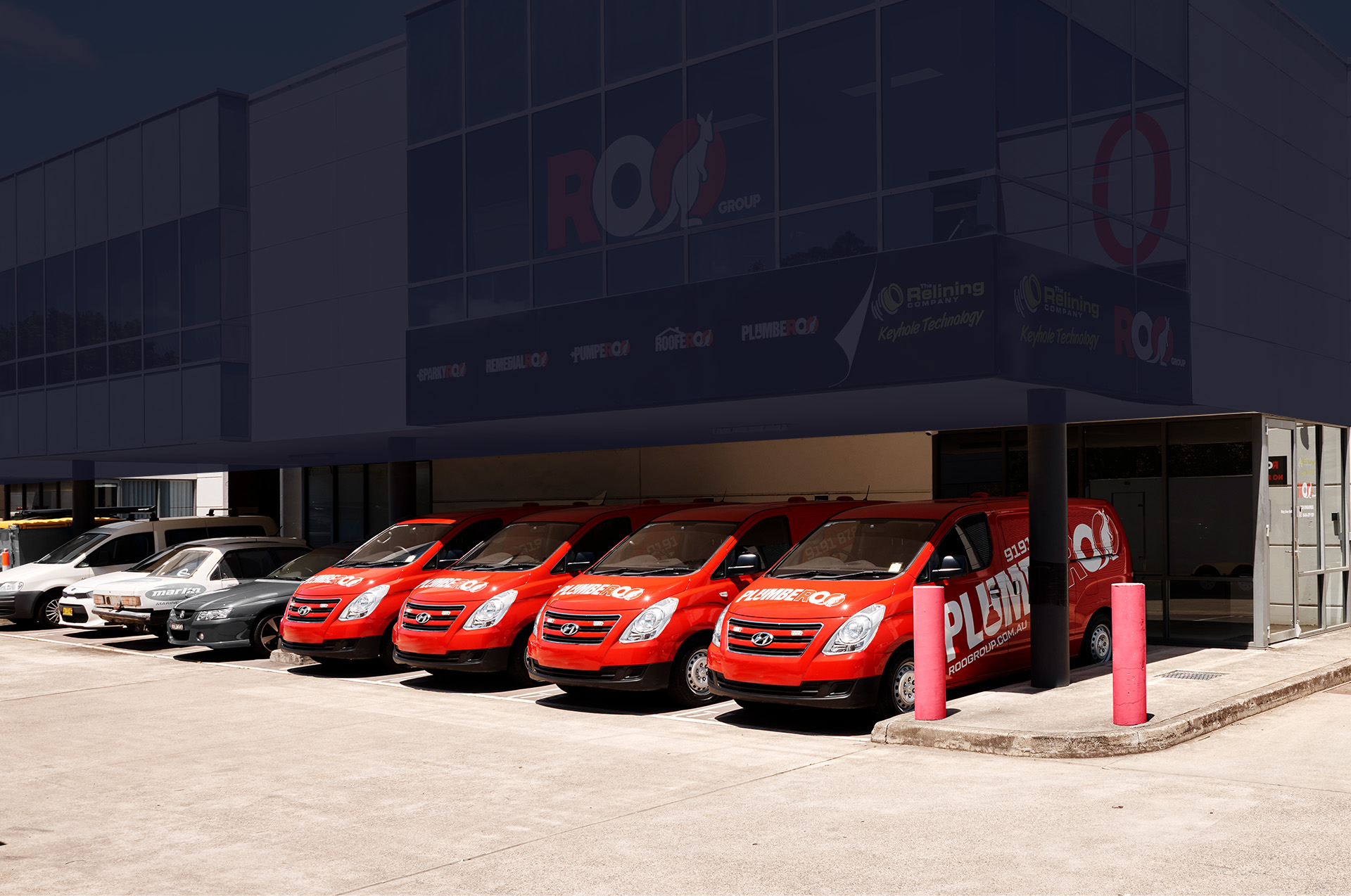
Open 24/7! Servicing all of Sydney’s Eastern Suburbs
Our Average Response time is: 1hr 53min 47sec
No plumbing system lasts forever. Over time, leaks, rust, and blockages become inevitable. But how do you know when a simple repair will do and when it’s time to replace your pipes entirely?
Homeowners often worry about the cost and disruption of replacing pipes, but the good news is that a complete overhaul isn’t always necessary. In some cases, pipe relining—a modern, trenchless repair method—can restore your pipes without the need for excavation.
The lifespan of plumbing pipes depends on the material.
Here’s a general guide to how long different types of pipes last:
Other factors like water quality (especially hard water), proper installation, and regular maintenance also affect how long your pipes last. We are strong advocates for regular inspections to help catch early signs of wear, preventing costly damage down the line. Many of our customers who book annual inspections end up spending less on repairs over time.
Some minor plumbing issues can be fixed with repairs, or even DIY fixes, without the need for full replacement. While small leaks and drips may seem harmless, there's usually an underlying issue and tackling them early can stop them escalating into larger problems.
Low water pressure, for example, is an indication something might need repairing in your pipes as it can be caused by buildup or small leaks. Also look out for discoloured water, such as rust or brownish tint, which often means you have pipe corrosion. Depending on the extent of the pipe corrosion, you may be able to repair it with pipe relining rather than replacement.

Unusual sounds from your pipes—such as banging, whistling, or gurgling—can signal air pockets or loose fittings while slow drainage may indicate blockages, often caused by tree root intrusion.
Even well-maintained pipes eventually reach a stage where simple fixes just aren't enough. Corrosion, leaks and structural damage can compound and result in the need for full replacement.
Signs to look out for include visible corrosion and rust on any exposed pipes and recurring issues such as frequent leaks or water that remains discoloured even after having a plumber flush the system.
Additionally, if you're experiencing persistent low water pressure, despite attempted repairs, it could be that your ageing pipes are nearing the end of their lifespan.
Deciding between repairing or replacement comes down to the severity of the damage, the location of the pipes and your budget. While repairs are typically cheaper upfront if your pipes are ageing or experiencing recurring problems, a full replacement can be more cost-effective over the long run. Ask yourself some questions:
Chances are, by having a brand new set of pipes, you won't experience ongoing leaks or water damage for a long time. Additionally, while DIY repairs might work for small fixes, any major plumbing work requires compliance, especially to replace sewer pipes. Trust us, the last thing you want is raw sewage escaping because you put off replacing pipes.
There is another, innovative alternative available if you're worried about the cost and disruption of having your garden, yard or driveway dug up. Ask your plumber about trenchless pipe relining as a solution. If your system is not beyond pipe repair, they can reline the inside of your existing pipes making them as good as new again.
When replacing old cast iron pipes or galvanised steel pipes, choosing the right material is essential for durability and efficiency. Modern options include:
For high-pressure systems, steel pipes are still used in some applications, but new plumbing pipes made from PEX or copper are excellent for long-term reliability.
Deciding whether to repair or replace plumbing pipes isn’t always straightforward, but a professional assessment can provide clarity. Too often we've seen risky DIY plumbing and pipe replacement leading to leaks, water damage, and compliance issues.

A licensed and professional plumber has the expertise to recommend the best solution. During a regular plumbing maintenance inspection, we’ll check for corrosion, leaks, and pressure issues to determine if we need to replace your pipes.
Don’t wait for a small issue to become a major headache—schedule an inspection with Plumberoo today for friendly advice and a reliable solution.
If you have frequent leaks, pipe bursts, rust-coloured water, or ageing pipes, replacement may be necessary.
If multiple pipes are failing, repairs are no longer effective, or your home has outdated materials like galvanised steel pipes, a full repipe is the best solution.
Minor corrosion can sometimes be patched, but if rust and deterioration are widespread, replacing the pipe is the safer and more cost-effective option.